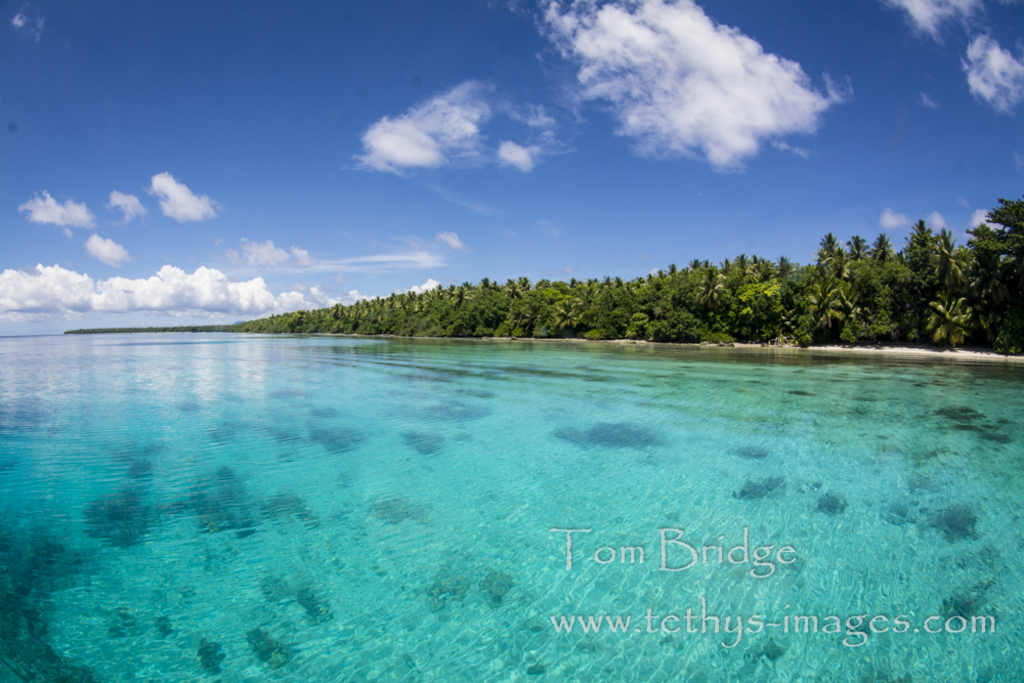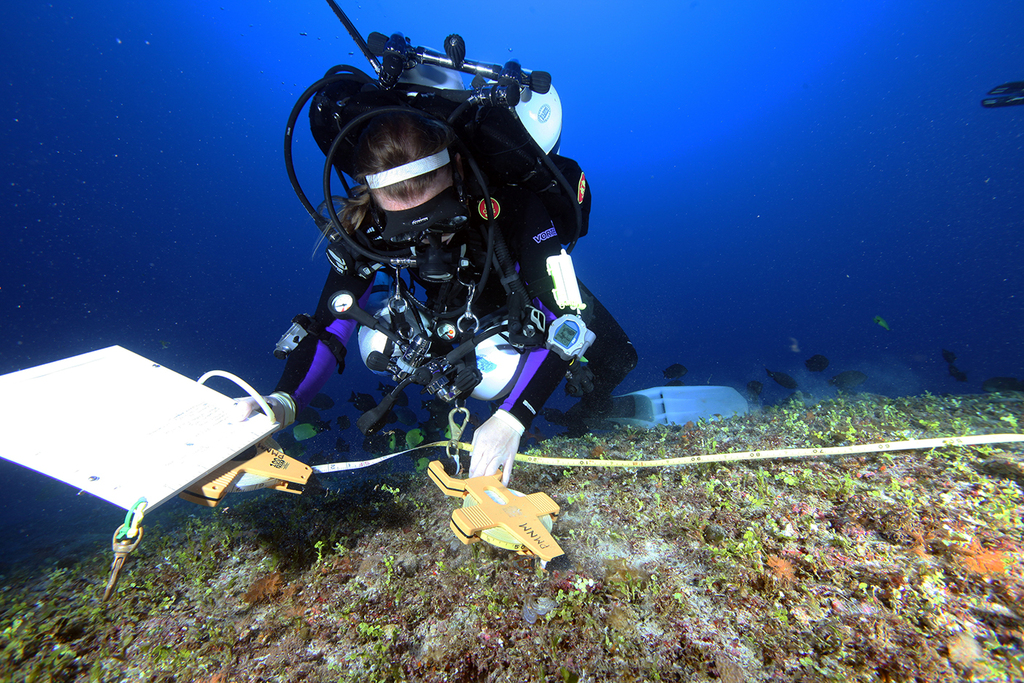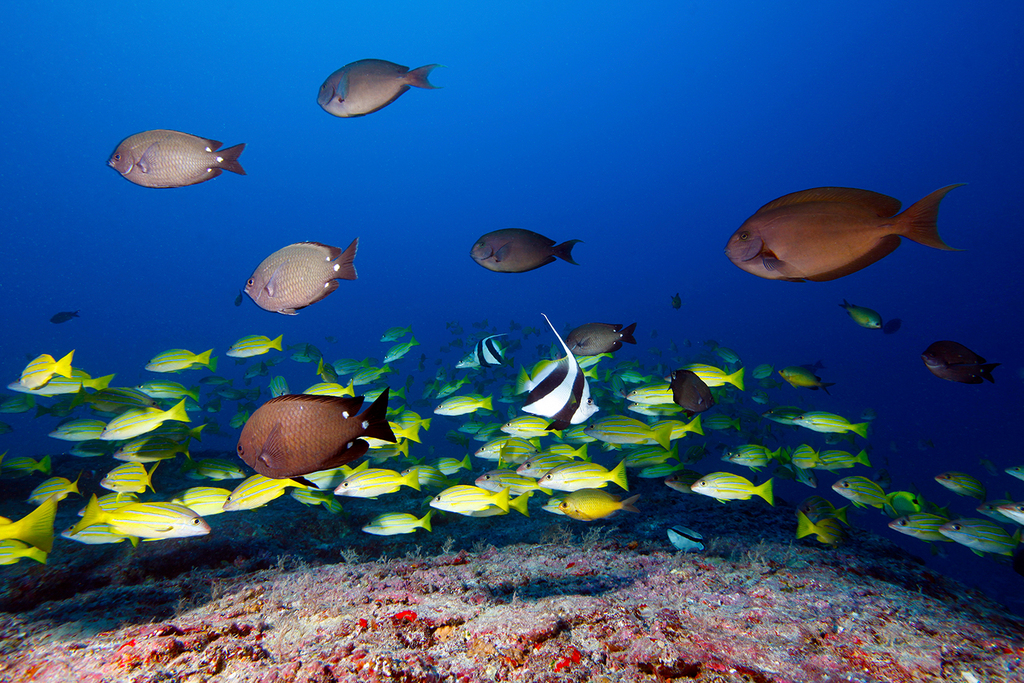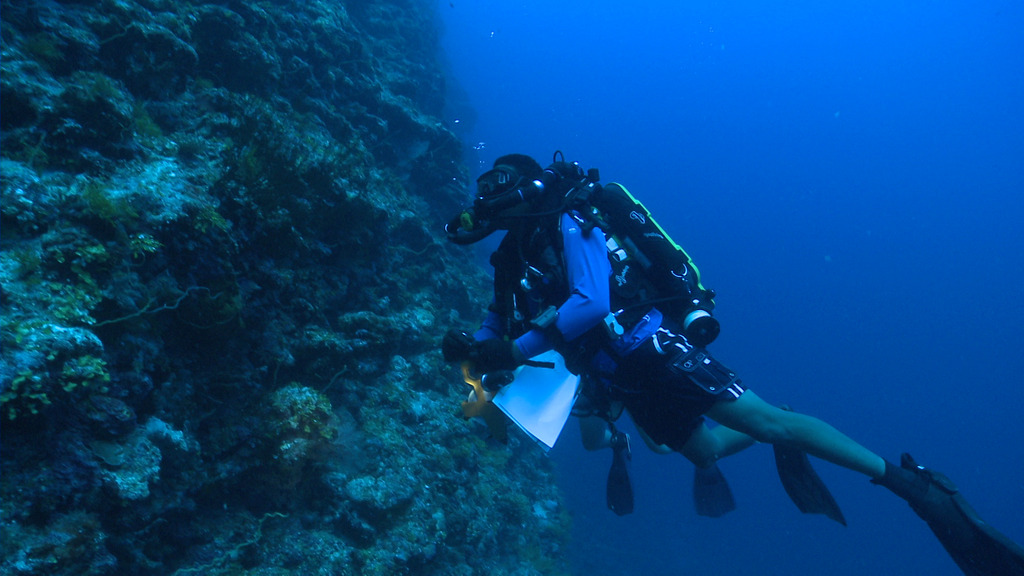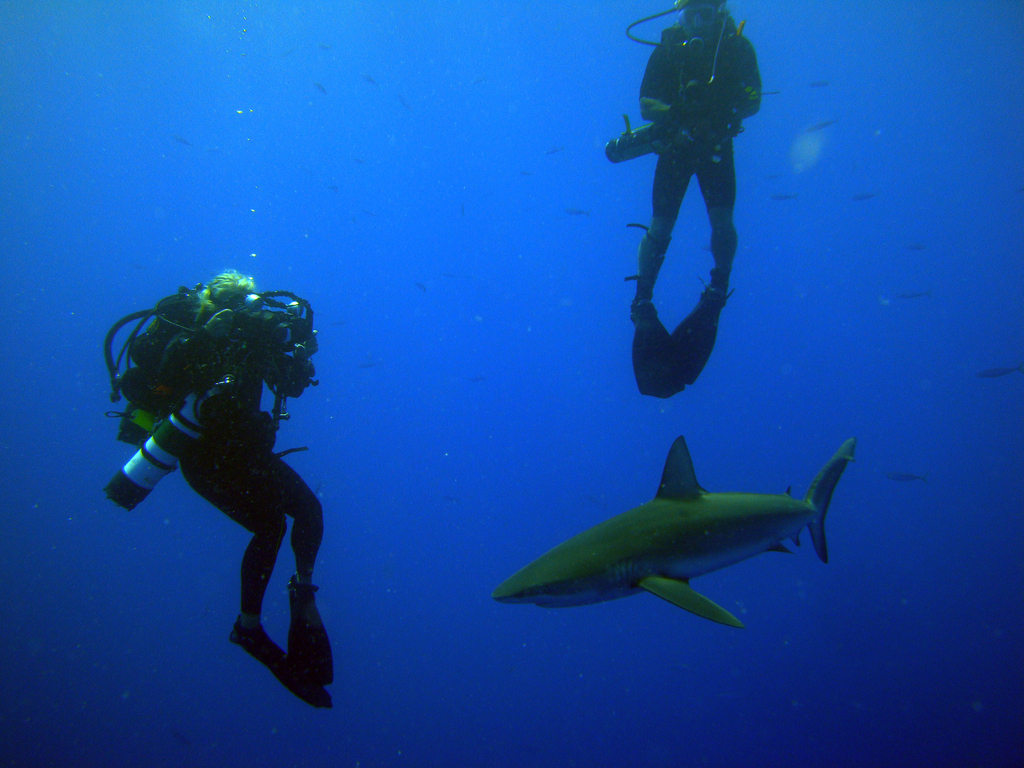Behind the science:
Ecological and morphological traits predict depth-generalist fishes...
2017, September 25
Posted by Veronica Radice
Fields
Ecology
Community structure
Connectivity
Focusgroups
Fishes
Locations
Puerto Rico
USA - Hawaii
Micronesia - Caroline Islands (Pohnpei)
“Environmental gradients affect reef fishes depth preferences”
An interview with Tom Bridge, who collated answers from the collaborators who conducted the fieldwork behind this interesting meta-analysis.
What was the most challenging aspect of your study (can be anything from field, lab to analysis)?
The first challenge presented by this study was actually collecting some useful data. Mesophotic fish communities are poorly described, so we needed to rely on a collaborative effort between a number of researchers with different skills. Conducting transects at multiple depth intervals through the mesophotic zone requires both a good knowledge of fish biodiversity and extremely good technical diving skills – a combination possessed by only a handful of the 7 million people on our planet. Fortunately, we managed to develop a collaborative team that had all the required bases covered. Even with this expertise, the mesophotic zone is a challenging habitat to study – the locations examined are remote, and far removed from emergency facilities such as recompression chambers. In the North-West Hawaiian Islands (NWHI) in particular, many of the sites surveyed had never been dived previously, so even finding suitable diving sites was a first challenge. Even when suitable sites were identified, some dives had to be abandoned due to ripping currents or unsuitable sandy substrate. Having already descended to 60 m, this would result in the loss of an entire day’s work.
What was the most memorable moment in undertaking this study?
Definitely not the analysis and modelling component! Since many of the dives in the NWHI require blue-water ascents, Cori had plenty of time to ponder her life choices while doing blue-water decompression surrounded by hundreds of Galapagos sharks, which would come in so close they would bump her gear. Rich, who worked in Pohnpei (Federated States of Micronesia) had the opportunity to dive on walls the plunged from the surface to depths of ~1000 metres. The vastness of the open ocean and the eeriness of the depths below were a reminder of how little is known about the marine realm.
What was your favorite research site in this study and why?
Rich Coleman’s favourite site was Ant Atoll, a large, oceanic atoll 15 km west of Pohnpei. The outer walls of Ant form sheer cliffs that descend into the deep just a stone’s throw from the shoreline. Descending through the gin-clear shallows into the eerie depths provide a timely reminder of why we decided to pursue to career we did. Cori Kane’s favourite site in the NWHI was dubbed ‘Prognathodes Point’, a spectacular underwater ledge, which it turned out, was swept by ripping currents that resulted in some dives being abandoned. However, the team’s persistence was ultimately rewarded with the collection of a new species of butterflyfish, Prognathodes basabei, a species Rich Pyle had been hunting for decades.
Other than your co-authors, with whom would you like to share credit for this work?
All the crew, divers and support staff for both the Pohnpei and NWHI field trips, and supervisors like Brian Bowen who are happy for their students to explore projects tangential to their PhDs. We would also like to thank Ivonne Bejarano and her team, who conducted surveys in Puerto Rico that we used in our analysis. Their research results were already published in a pioneering paper on Caribbean mesophotic fishes in the journal Coral Reefs.
Any important lessons learned (through mistakes, experience or methodological advances)?
With regards to field work, it would have been great to have data available below 60 m depth. While this is much deeper than most coral reef fish studies, we know that this represents only the tip of the mesophotic iceberg. With additional experience, the authors hope to conduct future research at greater depths. Logistically, we found that carrying enough oxygen to conduct open-circuit technical diving for 30 days can turn the ship into an explosive hazard. It also requires renting every helium bottle in Hawaii, so make sure not to organise your kids birthday parties concurrently with a mesophotic trip to the NWHI.
Can we expect any follow-up on this work?
No immediate plans to follow up on this work.
Featured article:
|
|
Ecological and morphological traits predict depth-generalist fishes on coral reefs | article Bridge TCL, Luiz OJ, Coleman RR, Kane CN, Kosaki RK (2016) Proc R Soc B |
|
